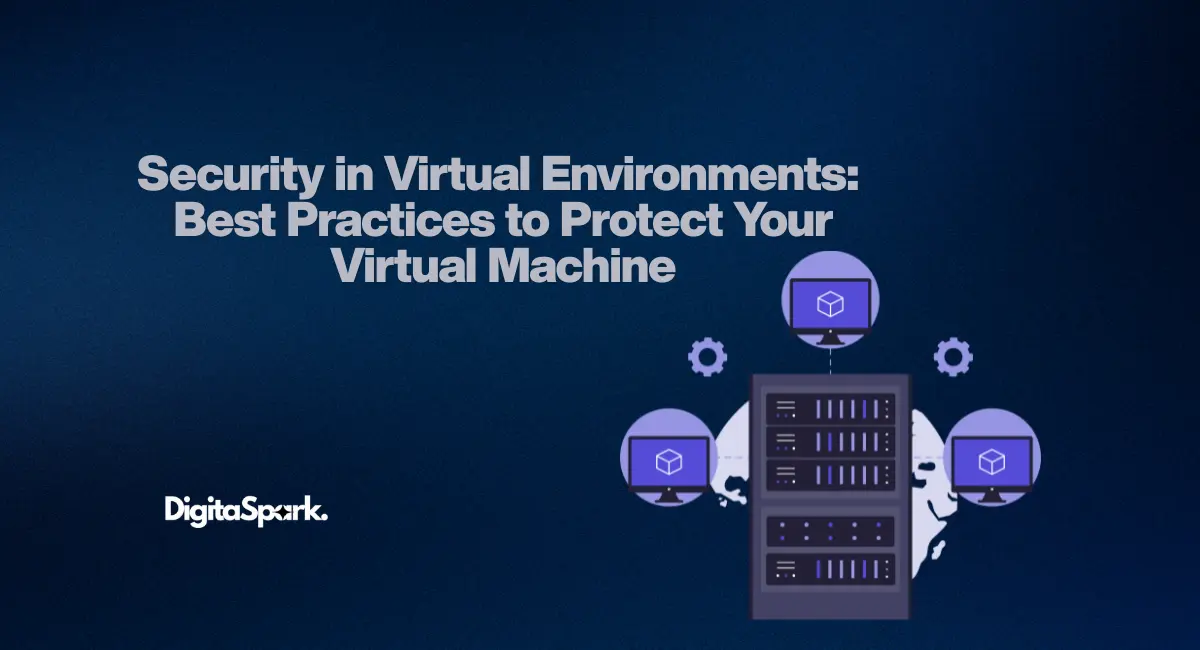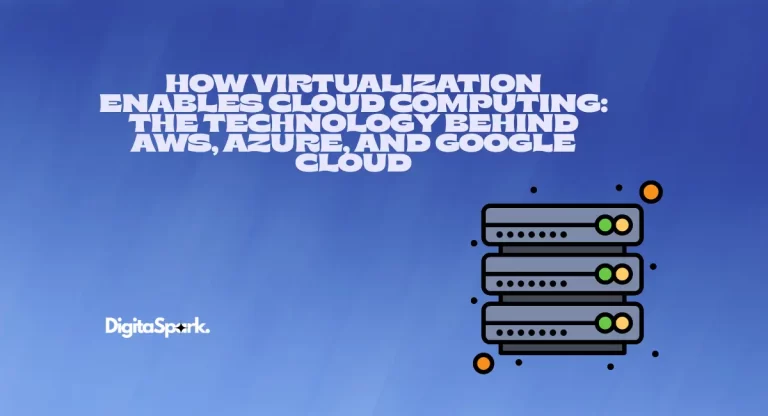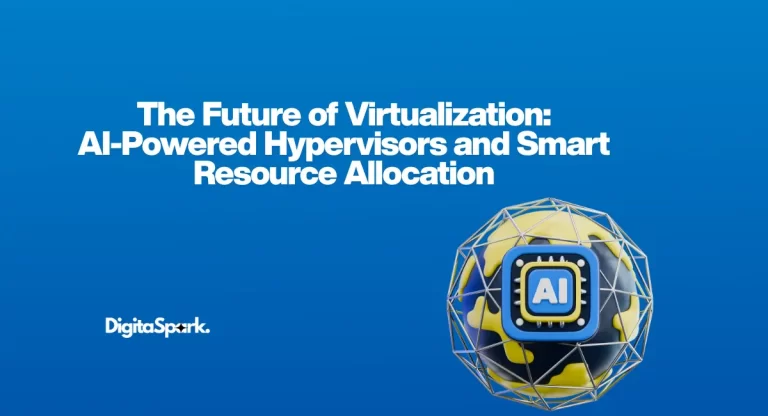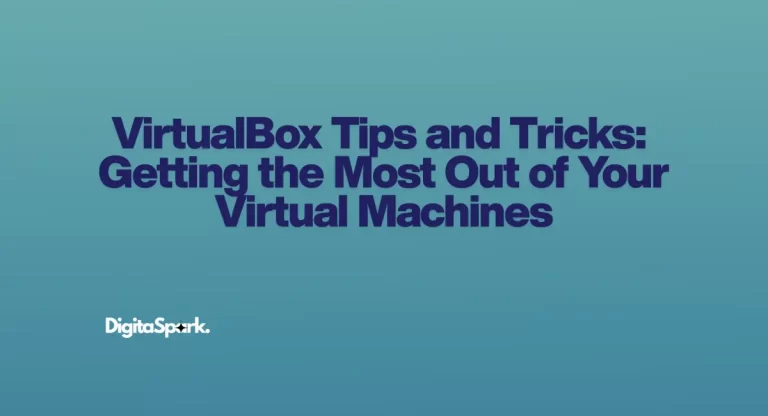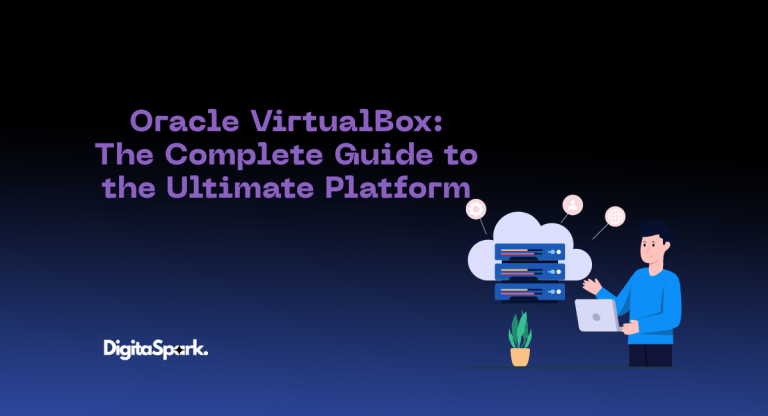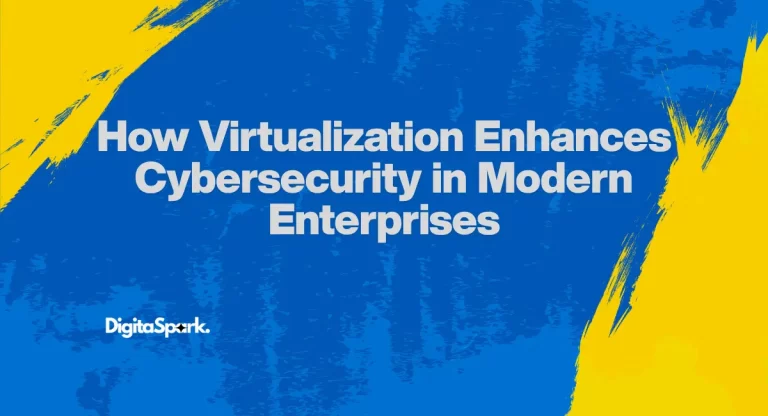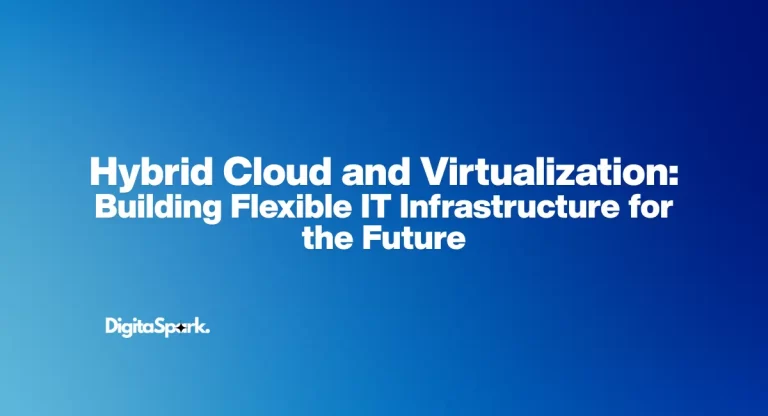Security in Virtual Environments: Best Practices to Protect Your Virtual Machine
Not too long ago, most businesses ran everything on big, clunky physical servers. If you wanted to scale, you had to buy new hardware, rack it, wire it, and hope nothing overheated. Then came virtualization, and suddenly things got a whole lot easier. With a few clicks, you can spin up a new virtual machine (VM), clone an environment for testing, or run multiple workloads on the same physical box without breaking a sweat.
But while virtualization has been a game-changer, it’s not without risks. Every virtual machine you create is another potential entry point for attackers. A weak password here, an unpatched system there, or even a forgotten test VM left running in the background can quickly become a target. And since VMs are often tied into bigger cloud or enterprise networks, one compromise can ripple far beyond a single machine. If you’re unfamiliar with the concept of virtualization, I have written an in-depth blog about Virtualization.
That’s why taking virtual machine security seriously isn’t optional anymore—it’s essential. Whether you’re a small business running a few servers or a large enterprise juggling hundreds of workloads, protecting your virtual environment should be right at the top of your IT priorities. In this blog, we’ll break down the best practices for keeping your VMs safe, explore common mistakes to avoid, and look at why securing virtual environments is such a critical piece of modern IT.
Why Securing Virtual Environments Matters
Virtualization is everywhere — from the VMware clusters running corporate workloads, to KVM powering cloud providers, to Hyper-V running in smaller organizations. And with cloud adoption soaring, chances are most of your workloads live on virtualized infrastructure right now.
The problem? Attackers know this too. They no longer just target physical servers; they go after hypervisors, VM sprawl, and misconfigured consoles. A single breach in the virtualization layer can affect dozens, even hundreds of VMs. Imagine someone slipping into your hypervisor and gaining access to every workload hosted there. That’s a digital jackpot for cybercriminals.
In other words: if you don’t secure your virtual environment, you’re basically leaving the keys to your entire IT kingdom under the doormat.
Common Security Risks in Virtual Environments
Before we jump into the fixes, let’s call out the risks that plague most VM setups.
1. Hypervisor Attacks
The hypervisor is the “brain” of virtualization. If an attacker compromises it, they essentially control every virtual machine on that host. Vulnerabilities in outdated hypervisors (like VMware ESXi, Xen, or KVM) can be exploited to escape into guest systems.
2. VM Sprawl
One of virtualization’s perks — how easy it is to spin up a VM — is also a curse. Organizations often end up with unused or forgotten VMs that aren’t patched or monitored. These “ghost machines” become easy entry points.
3. Snapshot and Image Risks
Virtual machine snapshots and templates are great for backup and scaling. But if these files aren’t encrypted or stored securely, they can be stolen and mounted elsewhere. Think of it as someone copying your hard drive and opening it on their own machine.
4. Misconfigured Management Consoles
Tools like vCenter or SCVMM make virtualization easier to manage, but if they’re exposed to the internet or protected by weak credentials, attackers can waltz right in.
5. Insider Threats
With virtualization, admins often have elevated access. A malicious insider — or just a careless one — can cause catastrophic damage by altering virtual machine settings or copying sensitive images.
6. Insecure Virtual Networks
VMs talk to each other over virtual switches and networks. Without segmentation or monitoring, malware can spread laterally between VMs much faster than in a traditional physical setup.
Best Practices to Secure Your Virtual Machines
When it comes to virtual environments, the little details make a big difference. A small misstep—like leaving a VM running with outdated software or handing out broad admin access—can open the door to attackers. The good news is that with some practical habits and the right mindset, you can keep your virtual machines safe without slowing your team down. Let’s break it down.
Keep Your Hypervisor and VMs Updated
Think of updates as the seatbelts of your virtual environment. You might not notice them when things are going well, but when something bad happens, you’ll be glad they’re there. Whether you’re running VMware, Hyper-V, or KVM, updates often patch critical security holes that hackers are already looking to exploit. Don’t wait until the next “big maintenance window”—make patching a regular part of your schedule.
Tighten Access Control
Here’s the truth: convenience and security rarely get along. It might feel easier to let everyone on the team use the same admin account, but that’s also an open invitation for trouble. Stick to role-based access control (RBAC), enforce multi-factor authentication, and make sure every account is tied to a real person, not some generic “Admin01.” When something goes wrong, you’ll want to know exactly who did what.
Encrypt Data Everywhere You Can
Imagine leaving your house with the doors locked but the windows wide open. That’s what unencrypted virtual machine data looks like to attackers. Enable encryption both at rest and in transit—this way, even if someone manages to intercept traffic or steal storage, the information will be useless to them.
Monitor and Log Activity
You’d be surprised how many breaches could’ve been stopped early if someone was just watching the logs. Set up monitoring for unusual patterns: logins at strange hours, spikes in resource usage, or VMs spawning processes that don’t make sense. Tools like SIEMs (Security Information and Event Management) can help, but even basic alerting beats flying blind.
Limit What Your VMs Can Do
Not every virtual machine needs the keys to the kingdom. Start with the principle of least privilege: give each virtual machine only the access and resources it needs to do its job. If it doesn’t need internet access, cut it off. If it doesn’t need to run as root, don’t give it root. The fewer doors you leave open, the fewer ways attackers can walk in.
Backups Are Your Safety Net
Even with all the right controls, things can still go sideways. A misconfiguration, a ransomware attack, or just plain human error can take a VM offline. That’s why backups matter. Keep regular, tested backups of your virtual machines, and store them in a secure location—ideally offsite or in a different cloud provider. When disaster strikes, backups turn a nightmare into a mild inconvenience.
Break Up Your VM Network
Here’s something a lot of people overlook: you don’t want every VM chatting with every other VM like it’s an open office. If one gets hacked, the attacker will happily spread to the rest. Setting up VLANs or using firewalls to put some walls between your workloads can save you a lot of headaches later.
Retire Old VMs Properly
We’ve all seen it—some test VM from two years ago still running in the background because no one bothered to clean it up. The problem? That “forgotten” machine can turn into an open door for attackers. If you’re not using a VM anymore, shut it down, wipe it, and remove access completely. Treat it like locking up a storage room you don’t need.
Think About Compliance Early
If you’re in healthcare, finance, or e-commerce, security isn’t just about keeping bad guys out—it’s also about keeping regulators happy. Standards like HIPAA or PCI DSS often cover things like encryption, access control, and monitoring. Following them may feel like red tape, but honestly, they force you to do the stuff you should already be doing.
Virtualization-Specific Security Tools
It’s not all manual work. Many vendors offer built-in or add-on tools to help. Examples include:
- VMware vSphere Security Hardening Guides – VMware’s own checklist for securing ESXi and vCenter.
- Microsoft Security Compliance Toolkit – For securing Hyper-V environments.
- OpenSCAP and Lynis – Open-source tools for auditing Linux-based KVM or Xen hosts.
- VMware NSX / Cisco ACI – For network segmentation and monitoring.
These tools don’t replace good practices, but they give you an extra layer of protection tailored for virtual environments.
Building a Security-First Virtualization Culture
Technology alone won’t save you if your team treats security like an afterthought. A few cultural shifts go a long way:
- Train admins on secure virtualization practices.
- Run regular drills — for example, simulate a VM compromise and see how your team responds.
- Make patching and monitoring part of daily routines, not optional chores.
- Encourage accountability — if someone spins up a VM, they’re responsible for its lifecycle.
Final Thoughts
Virtualization changed the way we build and run IT infrastructure. It made systems more efficient, scalable, and cost-effective. But it also introduced new risks that attackers are all too eager to exploit.
Protecting your VMs means going beyond the basics. You need a layered approach — secure the hypervisor, monitor the network, encrypt your data, manage access tightly, and always, always stay on top of patches.
In short, treat your virtual environment like the mission-critical infrastructure it is. Because in today’s digital world, that’s exactly what it has become.
If you’d like to explore this topic even further, VMware has put together a great resource that dives deeper into the technical side of VM security and offers additional guidance on protecting virtual environments. You can check it out here: VMware – Virtual Machine Security Best Practices.

